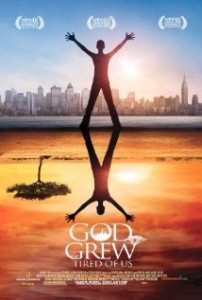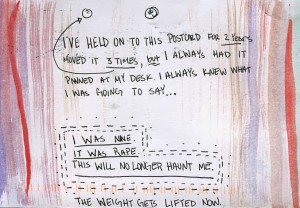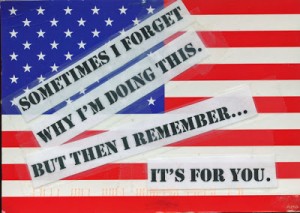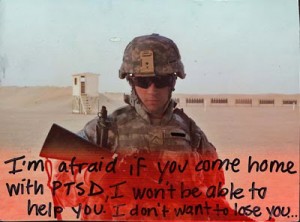This first semester of ASTU was eye opening. I learned more about life narratives in three short months than I even though there was to know about them. Though I had read many life narratives before starting this class, I had never really throughout about the “so what?” It was this encouragement to think deeper and analyze work more critically that I found the most significant. Though a hard hard concept to get used to at first it is one of the things that is transforming me from a high school writer to a ‘scholar’.
My ability to analyze life narratives was at first hindered by my confusion of new scholarly terms that at the time seemed like they were being thrown at us. Abstractions, reporting expressions, gists, low level detail, it was over whelming and hard to adjust to. But it was through the analysis of “Persepolis” by Marjane Satrapi that things started to come together for my understanding, starting me on my path to becoming scholarly writer.
 One of the main abstractions we talked about was witnessing, and the way life narratives act as an outlet of witnessing for the protagonists as well as a way for reader to ‘witness’ their trauma. What I found most interesting about this concept was that it not only related to “Persepolis” but it came back constantly through out our examination of other trauma life narratives. In “Persepolis” we examined how Marjane uses the form of graphic novels as a way for her to witness the trauma she faced as a child. Her telling of her story acted as a mode of remembering, which we also saw in the novel “What is the What” – the auto biography of Valentino Achak Deng. This novel written by Dave Eggars, is structured in such a way as to show how Valentino remembers his traumatic childhood through the telling of his story.
One of the main abstractions we talked about was witnessing, and the way life narratives act as an outlet of witnessing for the protagonists as well as a way for reader to ‘witness’ their trauma. What I found most interesting about this concept was that it not only related to “Persepolis” but it came back constantly through out our examination of other trauma life narratives. In “Persepolis” we examined how Marjane uses the form of graphic novels as a way for her to witness the trauma she faced as a child. Her telling of her story acted as a mode of remembering, which we also saw in the novel “What is the What” – the auto biography of Valentino Achak Deng. This novel written by Dave Eggars, is structured in such a way as to show how Valentino remembers his traumatic childhood through the telling of his story.
Through this study of “Persepolis”, and “What is the What” along with other scholarly articles and other forms of life narration, I was able to discover the genre of life narratives as more than just the act of autobiography. Life narratives proved to be a powerful tool, not only for the people expressing their story but also for human rights initiatives and humanitarian issues. I also was able to understand the issues around them and how they act as “soft weapons” (Whitlock) – powerful, but easy to be manipulated to appeal to consumers in the Western market.
I look forward to term two, when I will be able to continue this discovery of life narratives, focusing next on local narratives. In term one we explored life narratives of people who faced hardship predominantly in the ‘east’, and so I think it will be very interesting to compare and contrast these with works that focus on the stories of people from the Vancouver area. I hope to further my ability to produce scholarly work, and knowledge of the intriguing genre of life narratives.








